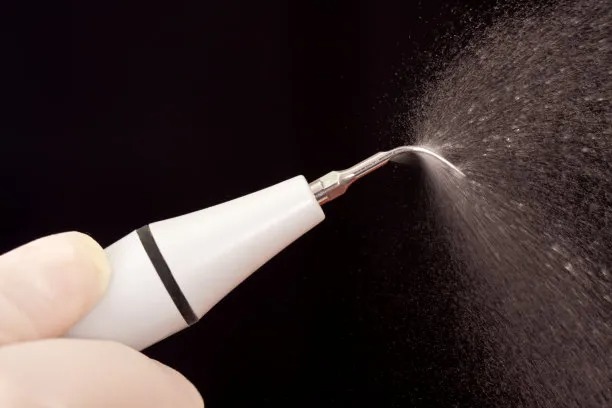The Ultimate Guide to Extract a Tooth Safely and Effectively for a Healthy Smile
Summary: Extracting a tooth can be a daunting task, whether its due to dental decay, overcrowding, or other issues. In this ultimate guide, we provide step-by-step instructions for safely and effectively extracting a tooth to ensure a healthy smile. We cover essential preparations, pain management techniques, post-extraction care, and when to seek professional help. Whether you are considering a tooth extraction at home or simply want to understand the procedure better, this comprehensive guide equips you with the knowledge to navigate this dental challenge with confidence.
1. Essential Preparations for Tooth Extraction

Before embarking on the tooth extraction process, it is crucial to prepare adequately. First, assessing the condition of the tooth and consulting a dentist is essential for determining whether extraction is necessary. A professional diagnosis ensures that the right course of action is taken, minimizing complications later on.
Secondly, gather all the required tools. Ideally, this should include sterile gauze, dental forceps, and a local anesthetic or numbing gel, depending on the level of pain management preferred. Ensure that everything is clean and organized to create a safe environment for the procedure.
Lastly, creating a comfortable and calm atmosphere is vital. Prepare your extraction area—be it at home or in a dental office—by having proper lighting and minimizing distractions. This not only helps ease anxiety but also aids concentration during the extraction process.
2. Effective Pain Management Techniques
Pain management is one of the most significant concerns when it comes to tooth extraction. Local anesthetics are commonly used to numb the area around the tooth, making the procedure more comfortable. Understanding the types and appropriate dosages of local anesthetics can help in providing relief during the extraction.
In addition to local anesthesia, over-the-counter pain relievers, such as ibuprofen or acetaminophen, can be taken before the extraction to reduce discomfort. Administering these medications as recommended can significantly enhance comfort levels during and after the procedure.
Lastly, maintaining proper breathing techniques, such as slow, deep breaths, can help manage anxiety and discomfort during the extraction process. This calming approach aids in coping with the procedure better and can make it feel less invasive overall.
3. Post-Extraction Care for Optimal Healing
After the tooth extraction, taking care of the wound is crucial for a smooth recovery. Applying gentle pressure with sterile gauze can help control bleeding, and it is essential to follow the dentists guidance on when to change the gauze. Remaining in an upright position can also aid in minimizing blood flow to the extraction site and reducing bleeding.
Stay hydrated and eat soft foods in the initial days following the extraction to avoid irritating the extraction site. Foods like applesauce, yogurt, and mashed potatoes are excellent choices that provide nutrition while being gentle on the healing area.
Finally, keeping the mouth clean is vital for preventing infection. Rinsing gently with warm salt water starting 24 hours after the procedure can aid healing. Ensure to avoid vigorous swishing, as this may dislodge the blood clot that is crucial for recovery.
4. When to Seek Professional Help
While many patients manage to recover smoothly after a tooth extraction, certain situations warrant professional attention. If you experience excessive bleeding that does not subside after 30 minutes of applying pressure, it is important to consult your dentist immediately. This could indicate a potential issue that requires further evaluation.
Additionally, persistent pain, swelling, or fever following the extraction may signal an infection or other complications. In such cases, seeking prompt medical attention is crucial for managing the condition effectively and preventing further complications.
Last but not least, if there are noticeable changes in the extraction site, such as a darkening of the gums or inability to open the mouth wide, these symptoms should not be ignored. They may indicate underlying problems that necessitate professional evaluation and treatment.
Summary:
Tooth extraction can be a necessary procedure for various dental issues, and understanding the process is essential. Preparation, effective pain management, post-extraction care, and recognizing when to seek help are all crucial components of a safe and effective extraction. Knowledge equips individuals to navigate the extraction experience more confidently, ensuring a healthier smile in the end.
This article is compiled by Vickong Dental and the content is for reference only


